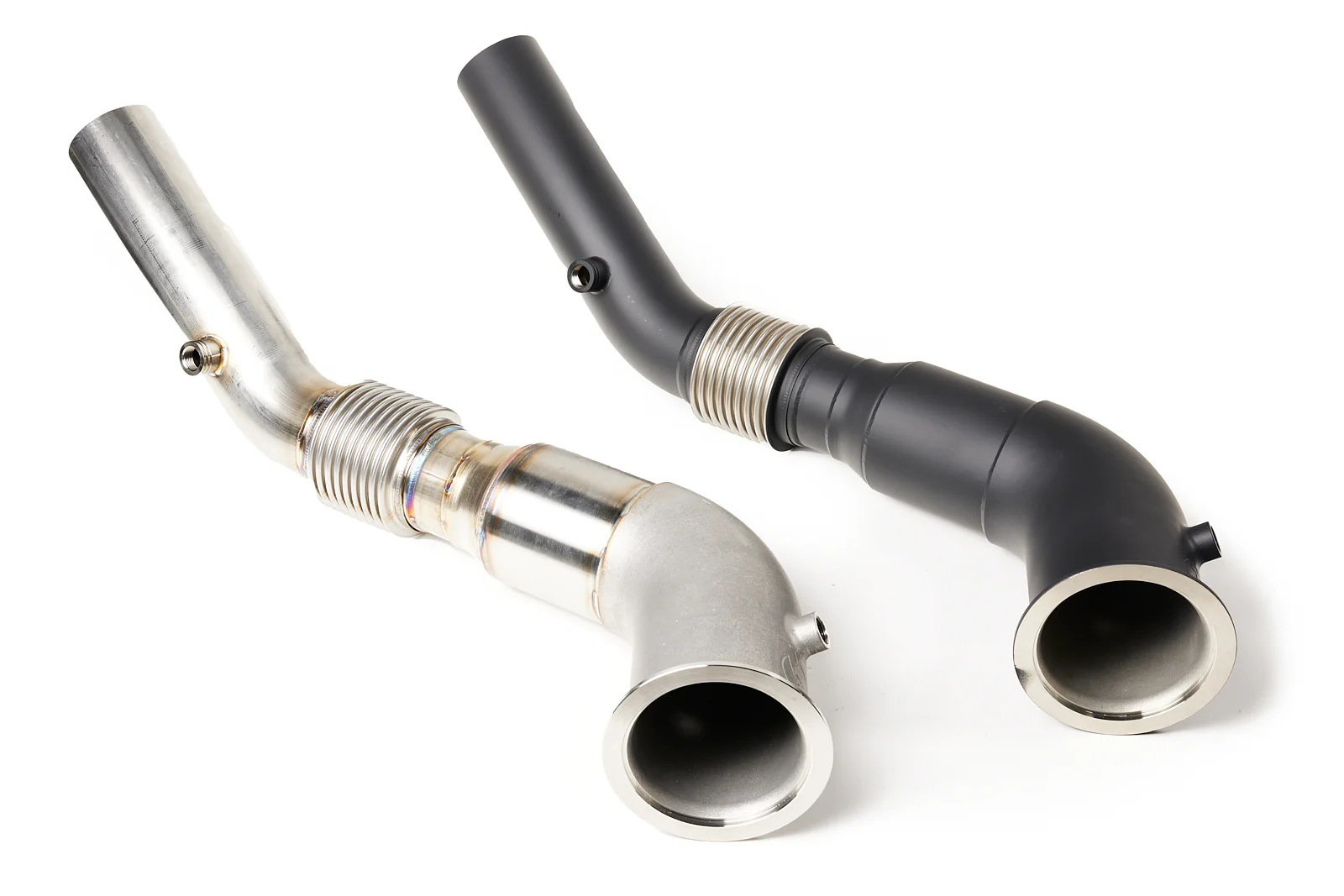Understanding Charge Pipes
Charge pipes are an essential part of any turbocharged engine system. They are the conduits that carry compressed air from the turbocharger to the intercooler and then to the engine’s intake manifold. In turbocharged builds, charge pipes play a crucial role in maintaining airflow and pressure, which directly affects performance and efficiency.
Function of Charge Pipes in Turbocharged Engines
Airflow Management
Charge pipes help maintain a steady and high-velocity flow of compressed air. Turbochargers increase air pressure, and charge pipes must handle this boost without leaks or restriction. Poor-quality charge pipes can collapse or leak under pressure, leading to power loss and inefficiency.
Boost Pressure Retention
One of the key roles of charge pipes is to retain boost pressure. Maintaining proper boost levels is vital for peak engine performance. If charge pipes fail to hold pressure, turbo lag increases, and engine responsiveness decreases.
Materials Used in Charge Pipes
Charge pipes are commonly made from aluminum, stainless steel, or high-grade plastics. Each material has advantages:
- Aluminum: Lightweight and resistant to heat, aluminum charge pipes are commonly used in performance applications.
- Stainless Steel: Durable and strong, these charge pipes are often used in heavy-duty builds.
- Plastic: OEM vehicles frequently use plastic charge pipes for cost-effectiveness, though they are prone to cracking under high boost.
Benefits of Upgraded Charge Pipes
Improved Reliability
Factory charge pipes, especially plastic ones, can degrade over time. Upgrading to aftermarket charge pipes ensures that the turbocharged system can handle increased pressure and temperature without failure.
Enhanced Performance
Upgraded charge pipes provide smoother airflow with less turbulence. This results in faster turbo spool times, better throttle response, and more horsepower. When every component is optimized, including the charge pipes, the turbo system can perform at its peak.
Better Fitment and Features
Aftermarket charge pipes often come with better fittings, stronger clamps, and provisions for blow-off valves or methanol injection ports. These enhancements provide more flexibility for tuning and maintenance.
Common Issues with Stock Charge Pipes
Cracking and Leaks
Stock charge pipes, especially those made from plastic, are prone to cracking over time. This leads to boost leaks and a loss in performance. Turbocharged builds are particularly vulnerable to these issues under high boost conditions.
Poor Flow Characteristics
Many OEM charge pipes are not optimized for performance. They may have uneven diameters or rough interior surfaces, which can restrict airflow and reduce efficiency.
Choosing the Right Charge Pipes for Your Build
Match to Your Power Goals
When selecting charge pipes, it’s essential to consider your power targets. High-performance builds require pipes that can withstand higher boost pressures without deforming or bursting.
Compatibility with Other Components
Ensure that the charge pipes are compatible with your intercooler and intake system. Mismatched sizes or shapes can lead to installation issues and airflow inefficiencies.
Ease of Installation
Some charge pipes come as bolt-on replacements that require no modifications. Others may need adjustments. Choose a setup that fits your mechanical skill level and project needs.
Installation Tips for Charge Pipes
- Always check for proper sealing at all joints to prevent boost leaks.
- Use quality clamps and couplers designed for high-boost applications.
- After installation, test for leaks using a boost leak tester to ensure system integrity.
Conclusion
Charge pipes are more than just conduits for air—they are vital components that impact performance, reliability, and efficiency in any turbocharged build. Whether you’re upgrading from stock or planning a high-boost project, investing in quality charge pipes can make a noticeable difference. With the right charge pipes, your turbocharged engine can achieve better throttle response, higher power output, and long-term durability under pressure. Choosing, installing, and maintaining the right charge pipes is a critical step in building a high-performing turbo system.





